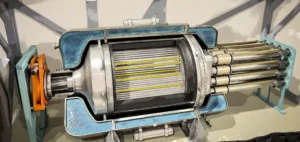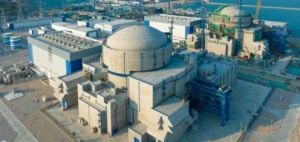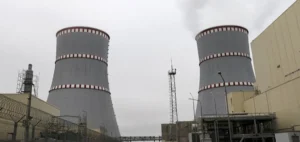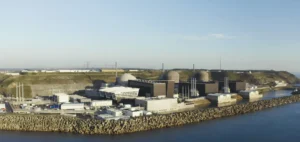Maritime Fusion, a San Francisco-based company founded by former Tesla engineers, has raised $4.5mn in a seed round to develop fusion reactors for commercial shipping. The funding was led by Trucks Venture Capital, with participation from Paul Graham, Alumni Ventures, Aera VC, and Y Combinator. The company aims to accelerate the development of high-temperature superconducting (HTS) cable technology to power a low-power-density tokamak reactor.
Unlike most players in the sector who target grid-scale energy production, Maritime Fusion is pursuing a strategy focused on applications that require ten times less power. The model is designed to achieve earlier commercial viability by bypassing the scientific and industrial challenges of large-scale fusion, particularly confinement issues and material constraints.
Research partnerships to strengthen the technical foundation
Development of the Yinsen tokamak reactor is based on two research streams. The first is a Sponsored Research Agreement with Columbia University focused on pulse scenario development and time-dependent plant systems. The second takes place at the U.S. Department of Energy’s DIII-D National Fusion Facility, with experiments tailored to Maritime Fusion’s specific operating regime.
The SHIELD (Superconducting High Integrity Energy Link & Distribution) technology, at the heart of Yinsen’s architecture, recently achieved a significant milestone with a 5,000-amp current demonstration at 77 kelvin in a laboratory test. Maritime Fusion’s modular HTS cable can carry up to 8,000 amps in self-field and has a diameter smaller than a U.S. quarter.
Expanding into commercial cable markets
While the primary application remains fusion, the company also intends to market its cable technology for commercial power distribution, starting with artificial intelligence datacentres. This segment requires dense power transmission, where ohmic losses in copper cables represent a significant economic burden. The HTS system could dramatically cut energy consumption, estimated at about 1.5 watts per metre for cooling at 77 kelvin.
According to the company, efficient HTS conductors could generate cost savings of over $10mn per year for large-scale datacentre operators. The key technical distinction between fusion-grade and commercial-grade cable lies in the use of Advanced Pinning REBCO (Rare Earth Barium Copper Oxide) tape, which can withstand the high magnetic fields of a tokamak.
Targeting niche markets before grid scale
Maritime Fusion asserts that maritime operations offer a more pragmatic environment for fusion, sidestepping the high availability and load factor demands of the grid. This market positioning opens the door for earlier deployment before the resolution of grid-scale fusion barriers.
The company, which is hiring in engineering, manufacturing, and business development, continues to refine its technology to bring fusion closer to practical use. Maritime transport, with its steady energy needs and independence from terrestrial infrastructure, represents a strategic testing ground before any potential grid integration.






















